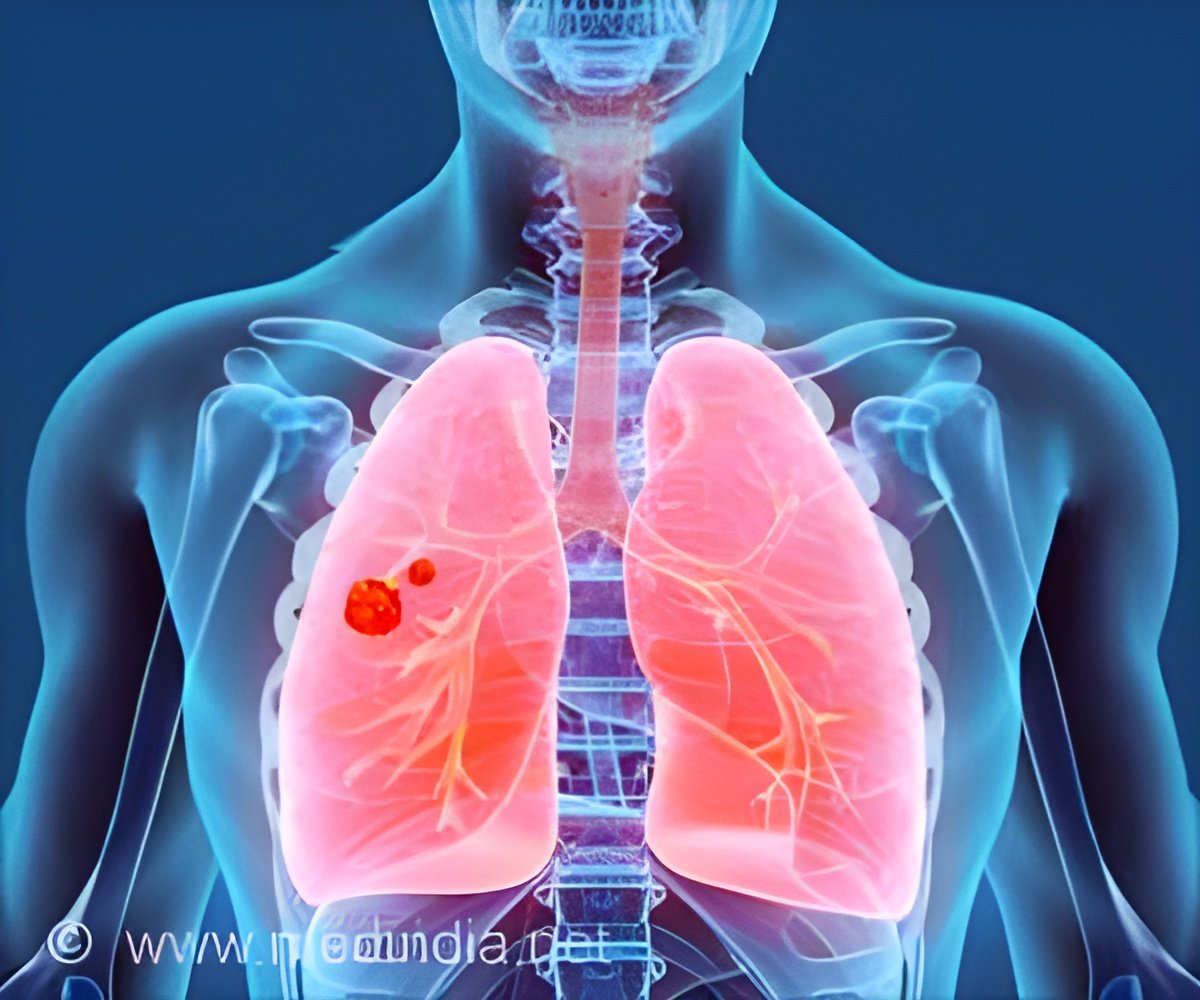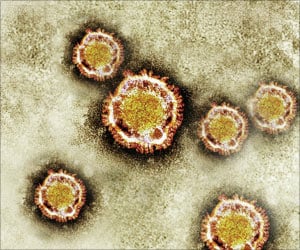India faces a surge in lung cancer cases among young non-smokers due to multiple factors.

Lung cancer in the Indian subcontinent
Go to source).
The Culprits Behind the Surge
Air Pollution: A Silent Inhaler
India’s urban centers are notorious for their hazardous air quality. The insidious presence of pollutants like PM2.5 and PM10, emitted by vehicles, industries, and construction activities, has become an invisible threat. Prolonged exposure to these microscopic particles damages lung tissue, creating a fertile ground for cancer cells to thrive.
‘Did You Know?
Non-smoking Indians are being diagnosed with lung cancer in their 40s and 50s, a decade or two earlier than their Western counterparts. #cancer #medindia’





Non-smoking Indians are being diagnosed with lung cancer in their 40s and 50s, a decade or two earlier than their Western counterparts. #cancer #medindia’
Indoor Pollution
Traditional cooking methods in many Indian households rely on biomass fuels such as wood, cow dung, and crop residues. The smoke produced by these fuels is laden with carcinogens. Years of exposure to this toxic indoor air significantly elevates the risk of lung cancer, especially among women and children who spend long hours indoors.
Genetic Predisposition
Emerging research suggests a genetic component to lung cancer susceptibility among Indians. Certain genetic mutations, more prevalent in the Indian population, may increase the risk of developing lung cancer. While the exact mechanisms are still under investigation, this genetic factor adds another layer of complexity to the problem.
Passive Smoking
India’s densely populated urban areas expose non-smokers to secondhand smoke in homes, workplaces, and public spaces. This involuntary exposure to toxic fumes can have detrimental effects on lung health, mirroring the dangers of active smoking.
The Urgent Need for Early Detection
Early detection is a game-changer in the fight against lung cancer. Unfortunately, due to a lack of awareness and screening programs, lung cancer often goes undetected until it reaches an advanced stage. Symptoms like persistent cough, chest pain, and shortness of breath are frequently dismissed as minor ailments, delaying crucial diagnosis and treatment.To address this, India needs to prioritize widespread screening programs, particularly for high-risk individuals, regardless of their smoking history. Low-dose computed tomography (LDCT) scans have proven effective in detecting early-stage lung cancer and should be made accessible and affordable to the public.
Advertisement
Simultaneously, advocating for stricter air pollution control measures, promoting clean cooking fuels, and improving indoor ventilation are essential steps towards creating a healthier environment.
Reference:
- Lung cancer in the Indian subcontinent - (https://www.ncbi.nlm.nih.gov/pmc/articles/PMC4991146/)
Source-Medindia















